Duponchelia fovealis
Zeller, 1847
-
 Subfamily: Spilomelinae
Subfamily: Spilomelinae -
 Wingspan: 18-22 mm
Wingspan: 18-22 mm -
 Flight period: Apr - Jul
Flight period: Apr - Jul -
 Spread: Common
Spread: Common -
 Host plants: Polyphagous
Host plants: Polyphagous
Information
Duponchelia fovealis is a moth of the Crambidae family, subfamily Spilomelinae. Adults are 10-12mm long and have a wingspan of 18-22mm.
In Europe it is found in Portugal, Spain, France, United Kingdom, Switzerland, Holland, Belgium, Germany, Denmark, Poland, Scandinavian Peninsula, Croatia, Hungary and Greece.
In Italy it is also present in the islands. *
Duponchelia fovealis is native to southern Europe and North Africa (including the Canary Islands).
Currently, due to the international trade in infested plants, its distribution area is much larger and includes
in addition to the European countries already mentioned, the Middle East, India and South Africa. Recently, infestations have also been detected in greenhouses in Ontario (Canada). **
In 2004 it was reported in the United States (California). ***
The front wings are olive-gray with a darker central spot and two yellowish transverse lines.
The more external one has, near the center, a typical "tooth" facing the edge.
The hind wings are olive with lighter streaks. The abdomen, longer in males, is held during rest with the end facing up. **
The eggs, lenticular in shape, have a diameter of about 0.5 mm; as soon as they are laid they are whitish, while subsequently they take on a red color, gradually more intense.
The larvae have a more or less dark cream-white background color. The cephalic capsule is black, while the prothoracic plaque e
the "warts" present on the different segments. When ripe they reach about 3 cm in length.
The chrysalises, brown in color, are about 1 cm long. They are contained in silky oval cocoons of about 2 cm;
debris of various origins (eg soil particles) are often included among the silk threads. **
The larvae are polyphagous , they erode leaves, flower buds and stems, the latter especially near the collar.
The basal parts of the plants are usually attacked, close to the ground. In greenhouses, the larvae reach maturity in about 4 weeks.
The chrysalis stage (within the cocoon) lasts for about 10 days.
Therefore, in protected crops, several generations of the moth can occur during the year.
Some dozen host plants are known, mainly ornamental species; among them we can mention cyclamen, Anthurium, kalanchoe, begonias, gerberas, poinsettia, capsicum, impatiens, limonium, euphorbias, roses.
Horticultural plants, such as pepper, are also attacked.
* Lepidoptera mundi https://lepidoptera.eu/ - Fauna Europea https://fauna-eu.org/
** Duponchelia fovealis: un lepidottero crambide dannoso alle colture floricole -
Pietro Zandigiacomo,Filippo Michele BuianDipartimento di Biologia applicata alla Difesa delle Piante, Università di Udine -
https://www.researchgate.net/
*** Annotated check list of the Pyraloidea (Lepidoptera) of America North of Mexico - https://www.ncbi.nlm.nih.gov/pmc/articles/PMC4669914/
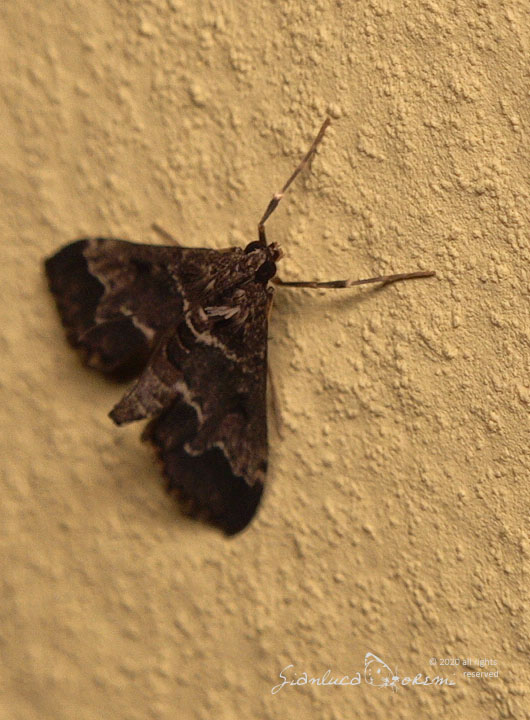
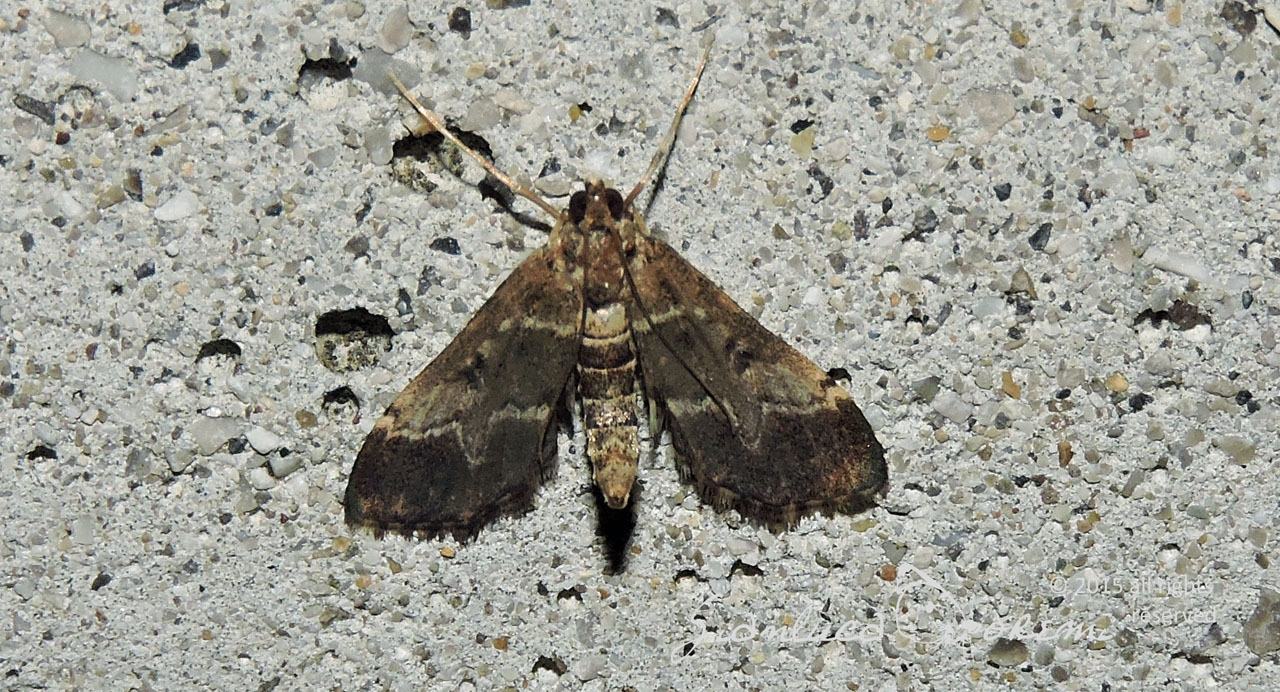


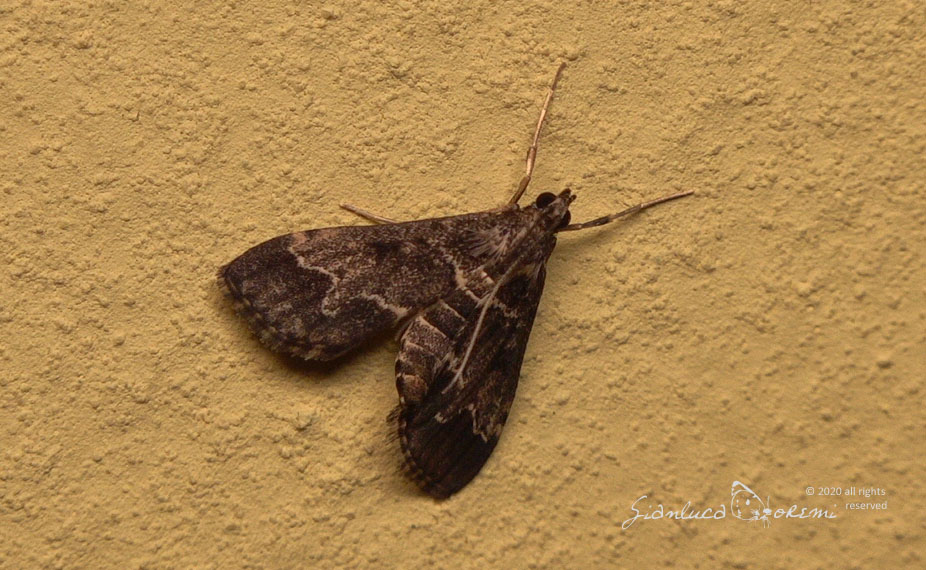

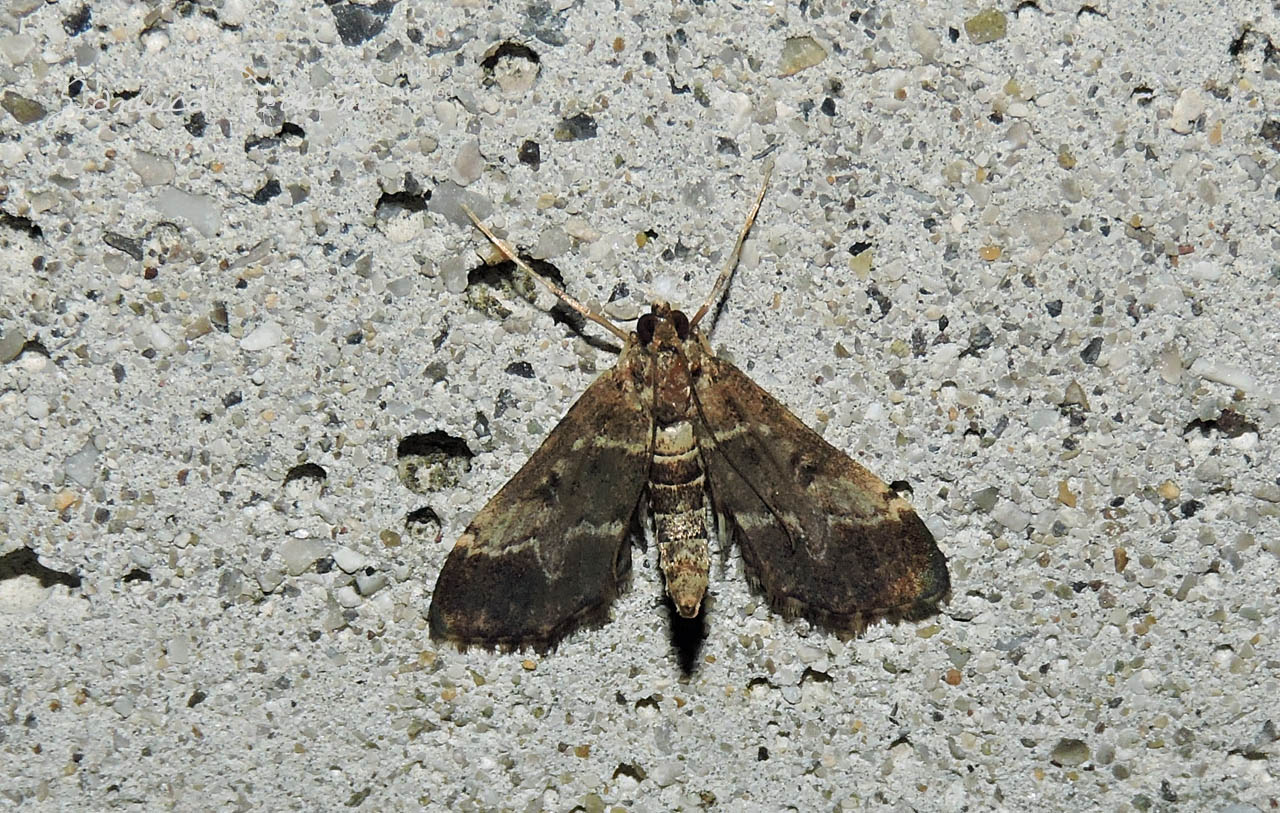
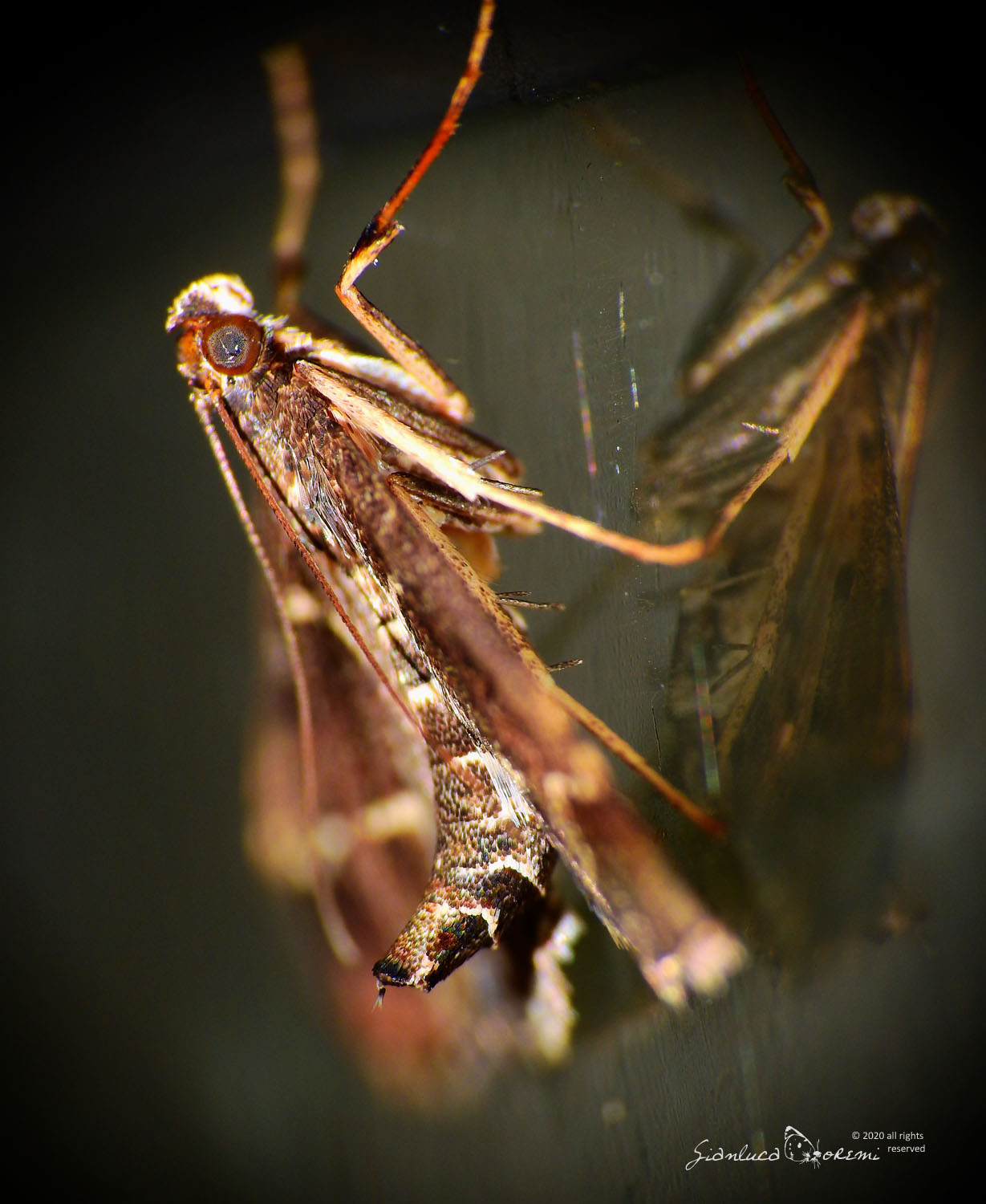
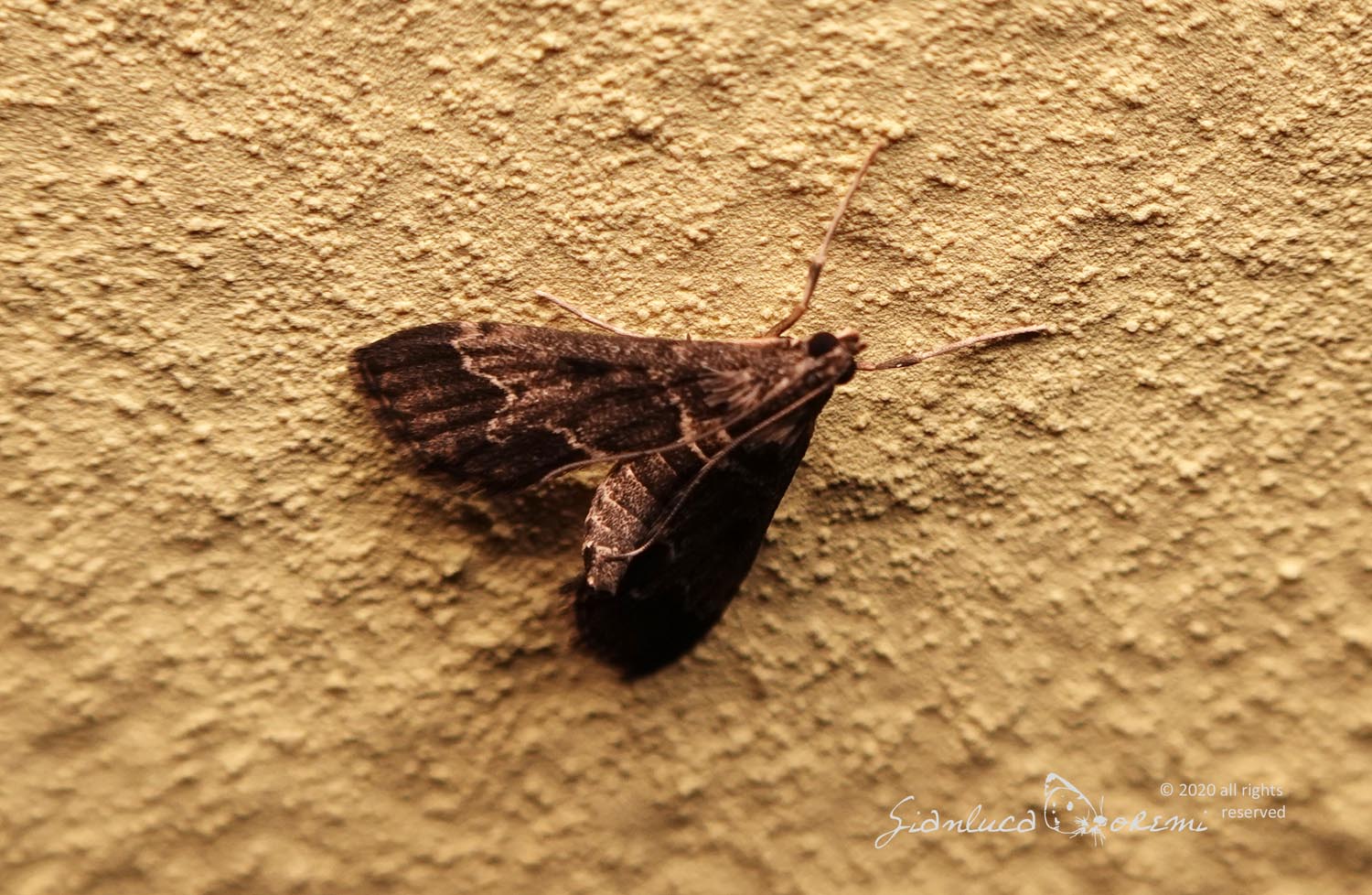
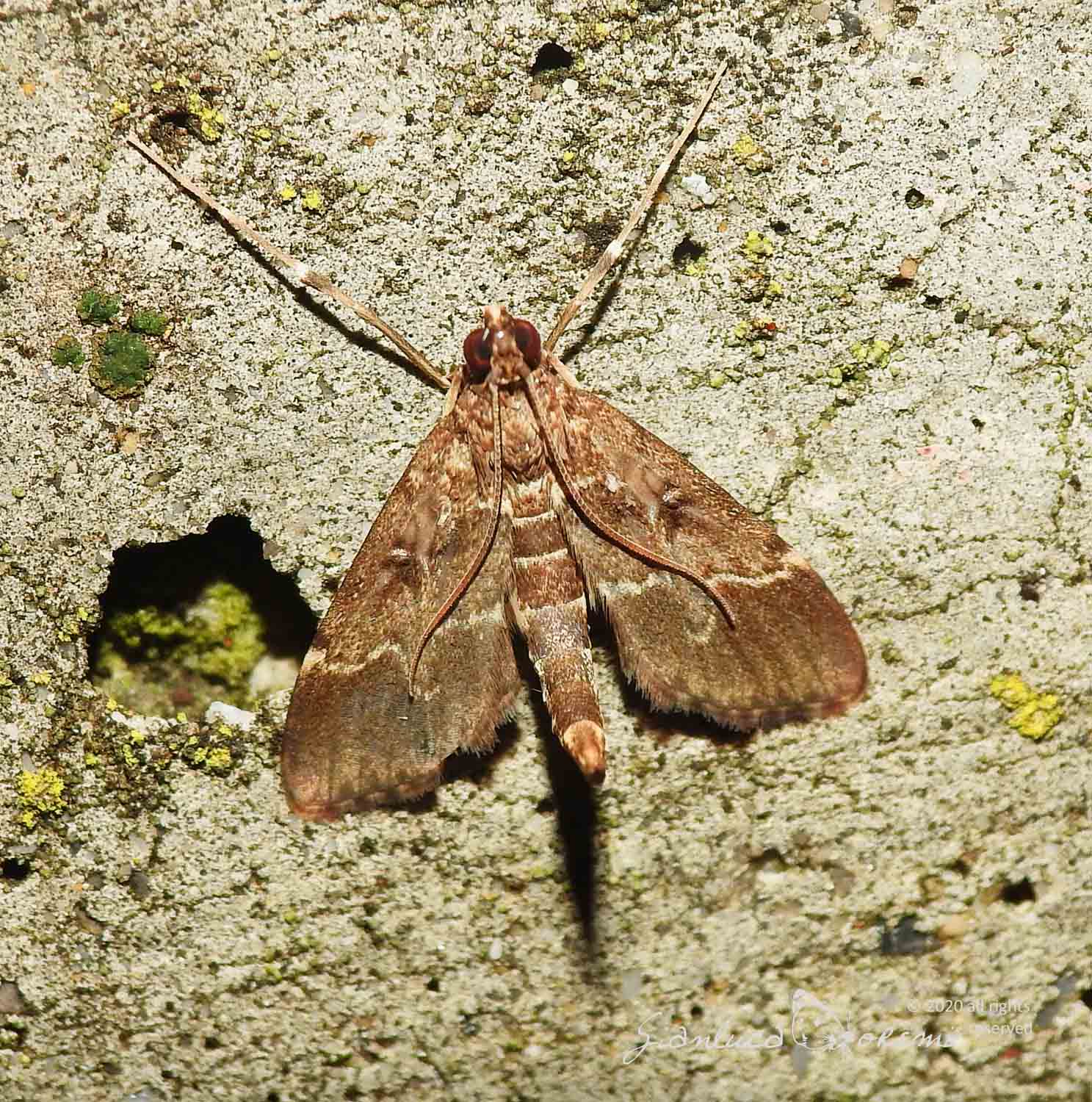
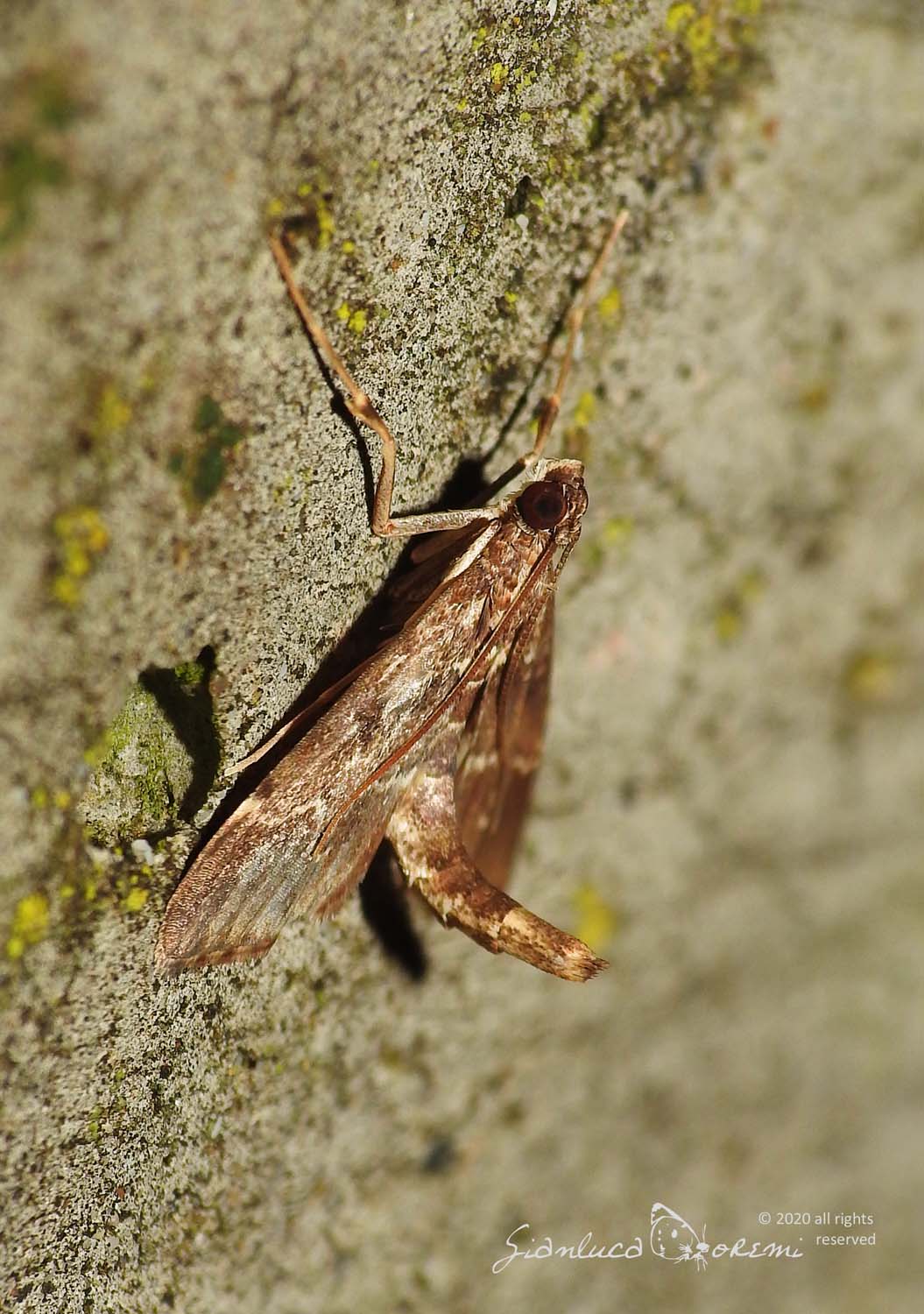
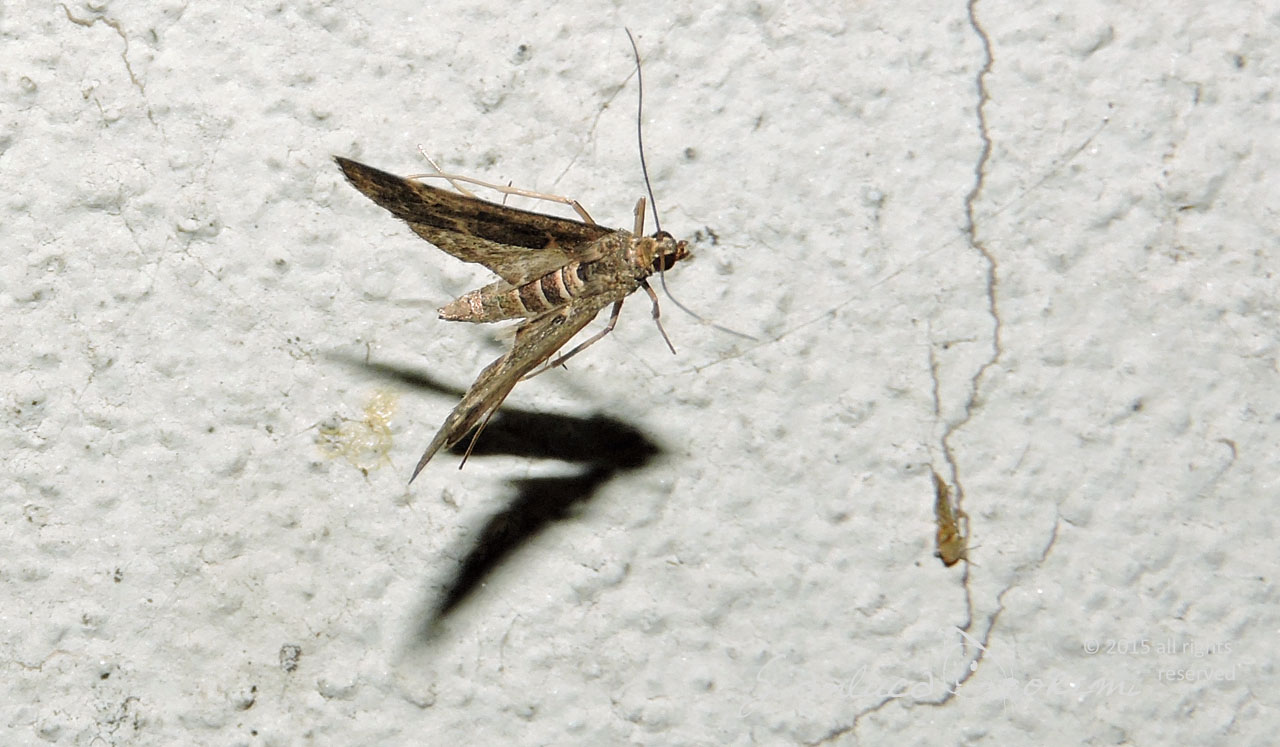
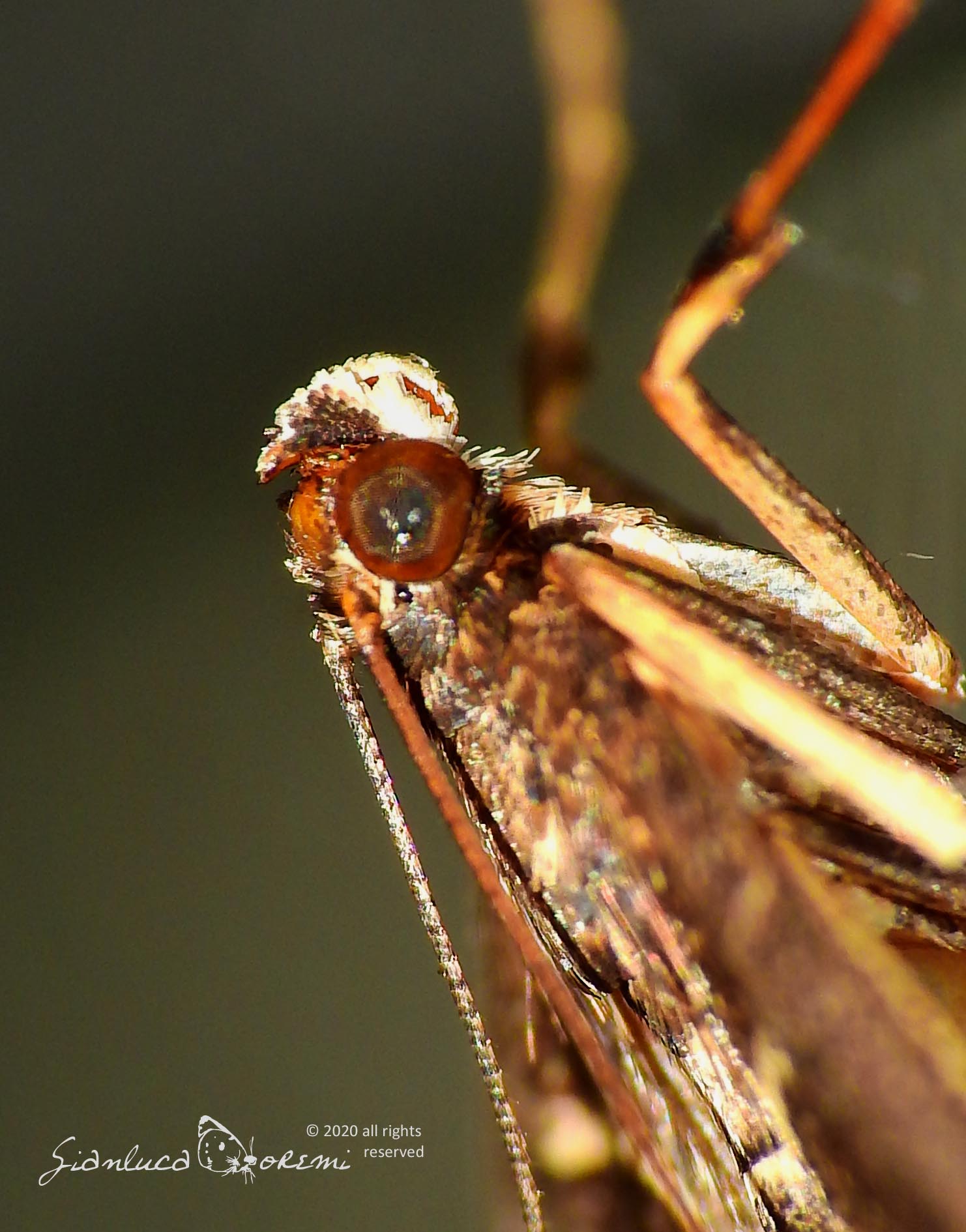
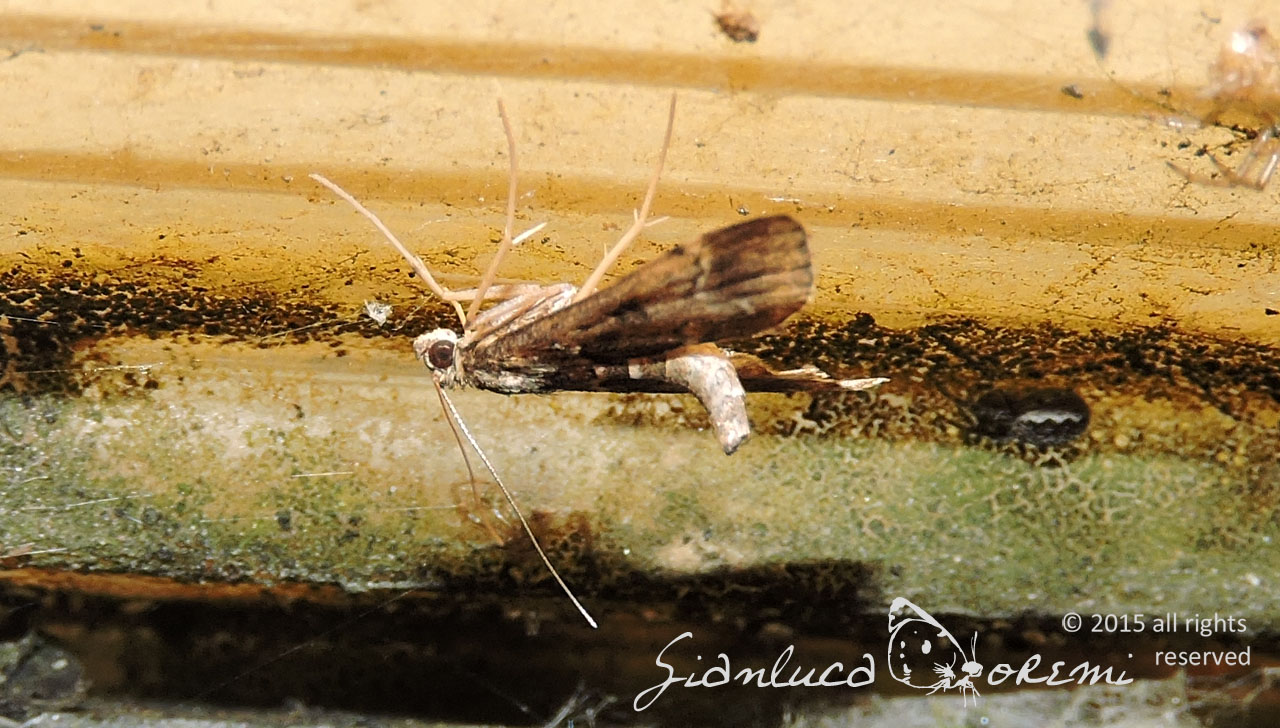


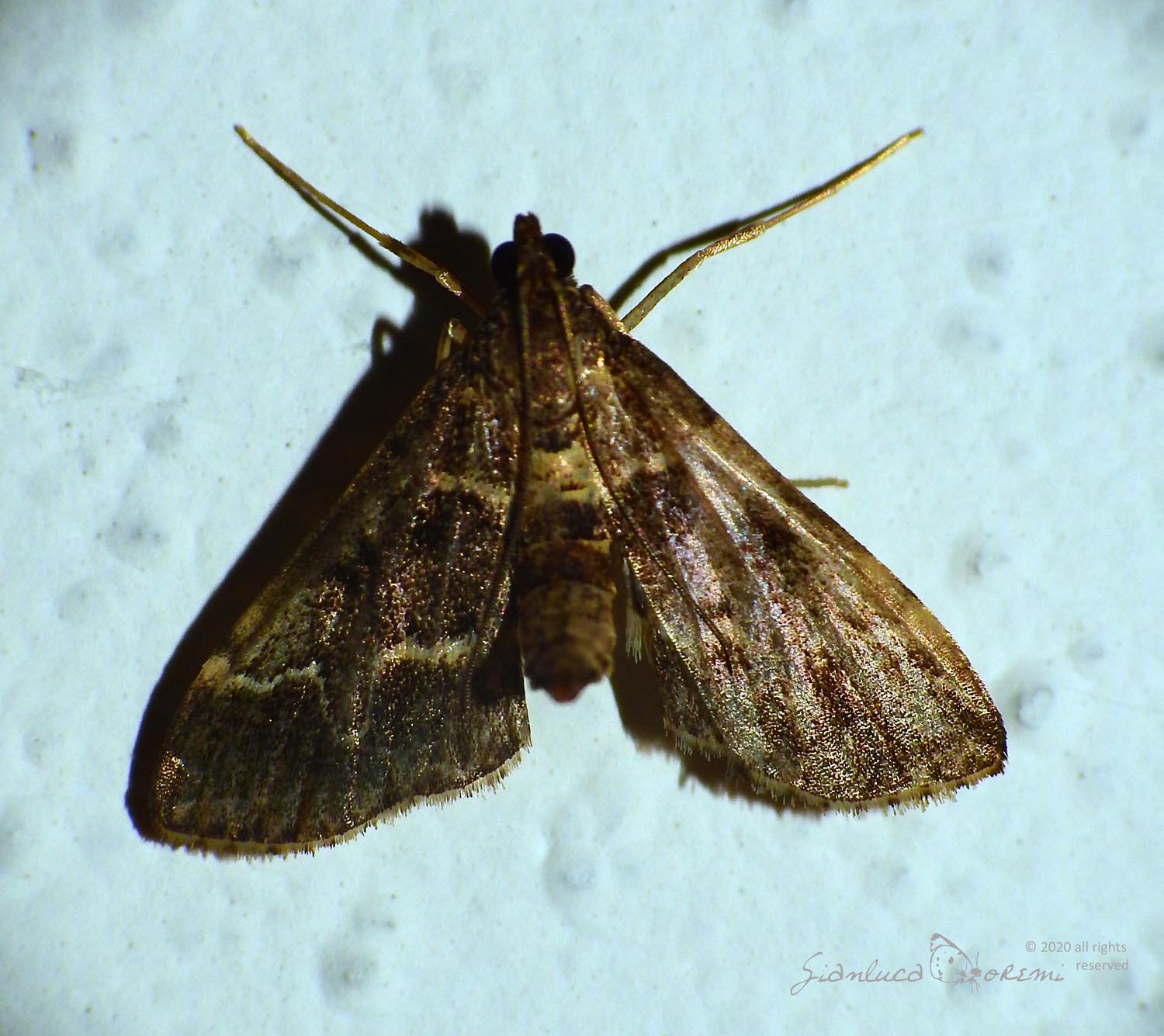
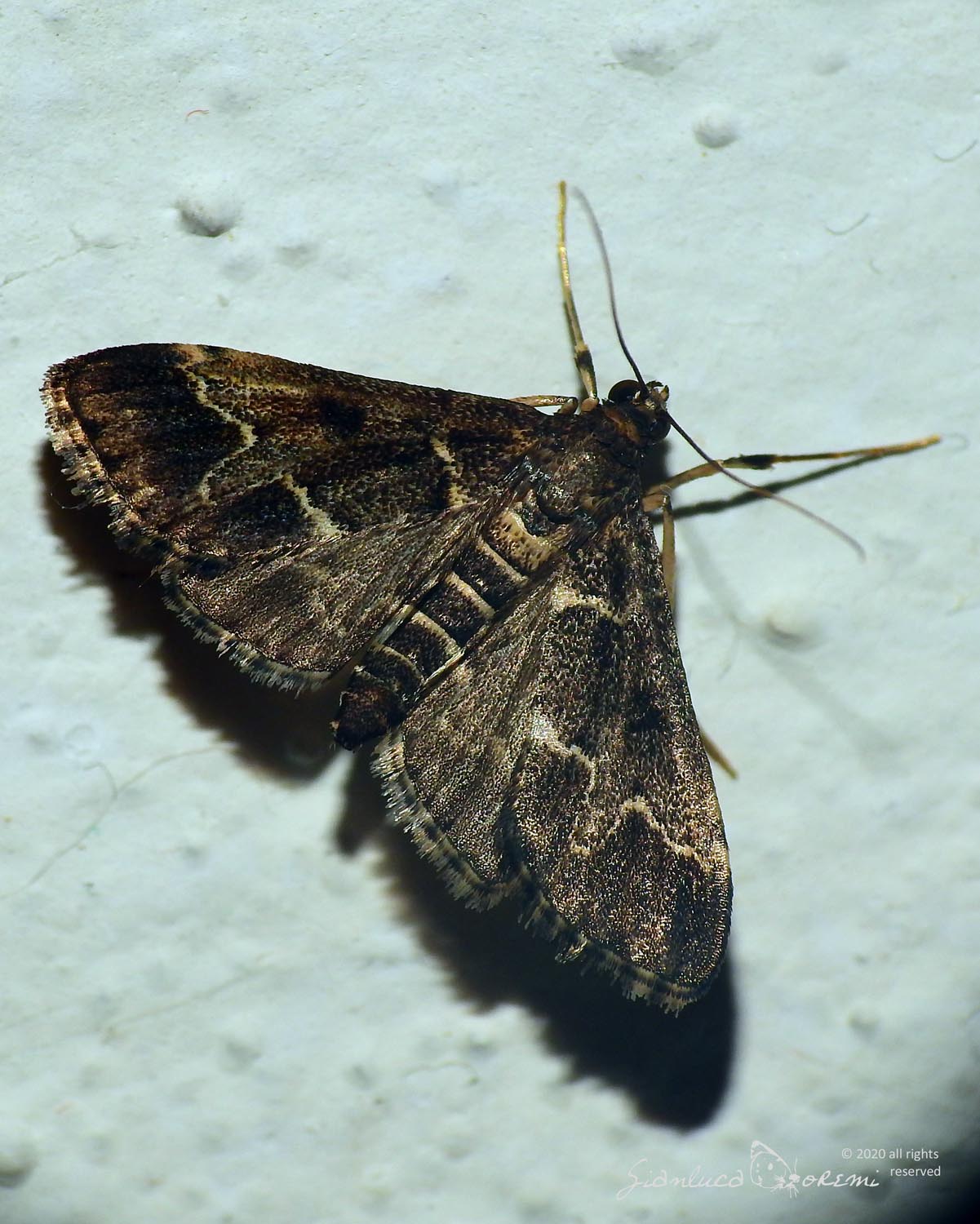

 EN
EN ITA
ITA
Social and publications